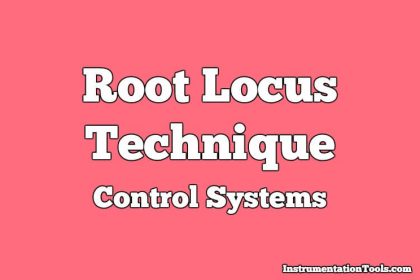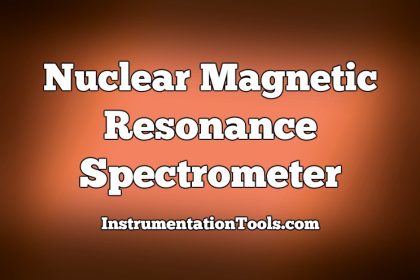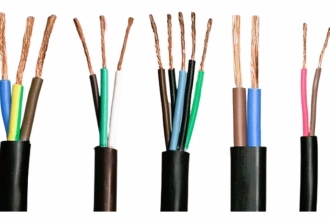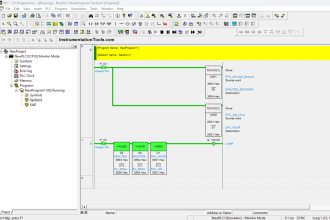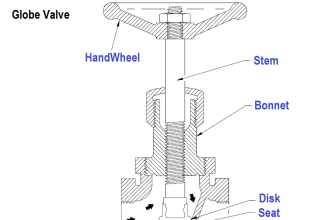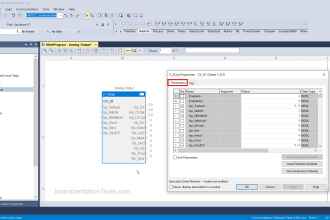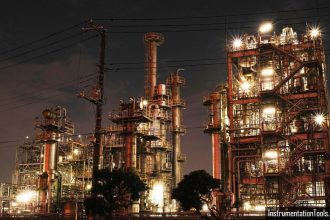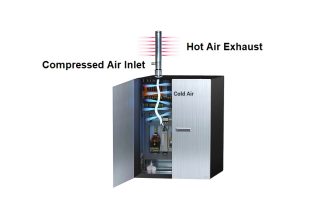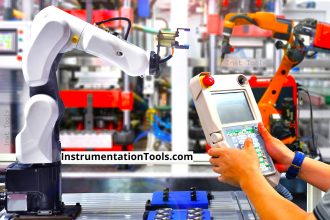Biosensors Questions & Answers
1. Which of the following is not a characteristic of the immobilized enzymes?
a) They cannot be re-used
b) It produces reproducible results
c) Stability exists
d) Same catalytic activity is present for number of analysis
Answer: a
Explanation: Immobilized enzymes can be reused. This ensures that the same catalytic activity is present for a number of analyses.
2. Which of the following is the physico-chemical component?
a) Enzymes
b) Anti-bodies
c) Transducer
d) Cells or tissues
Answer: c
Explanation: Transducer is referred to as the physico-chemical component. Enzymes and anti-bodies are biological components.
3. An example of bio sensor, urea electrode makes use of which of the following electrodes?
a) Carbon dioxide electrode
b) Ammonia electrode
c) Fluoride electrode
d) Ammonium electrode
Answer: d
Explanation: An example of bio sensor, urea electrode makes use of the ammonium electrode. A urease membrane is also present.
4. In glucose electrode, glucose oxidase has been coupled to an electrode by which of the following materials?
a) Ferrocene derivatives
b) Urease
c) Polyacrylamide
d) Biochips
Answer: a
Explanation: In glucose electrode, glucose oxidase has been coupled to an electrode by using ferrocene derivatives. It is used to measure blood glucose in diabetic patients.
5. Biosensors measure glucose concentrations between which of the following ranges?
a) 10-1 to 10-2 M
b) 10-2 to 10-4 M
c) 10-1 to 10-4 M
d) 10-1 to 10-7 M
Answer: d
Explanation: Biosensors measure glucose concentrations between 10-1 to 10-7 M. It is linear in the range of 10-2 to 10-4 M.
6. Transducers employed in the bulk of enzyme electrodes use which of the following principles?
a) Amperometric
b) Optical
c) Magnetic
d) Colorimetric
Answer: a
Explanation: Transducers employed in the bulk of enzyme electrodes use amperometric principle. It may also use potentiometric principle.
7. Which of these biosensors use the principle of heat released or absorbed by a reaction?
a) Potentiometric biosensor
b) Optical biosensors
c) Piezo-electric biosensors
d) Calorimetric biosensors
Answer: d
Explanation: Calorimetric biosensors use the principle of heat released or absorbed by a reaction. The heat is measured to determine the concentration.
8. Which of the following biosensors use the movement of electrons produced during redox reactions?
a) Amperometric biosensor
b) Potentiometric biosensors
c) Piezo-electric biosensors
d) Optical biosensors
Answer: a
Explanation: Amperometric biosensor uses the movement of electrons produced during redox reactions. Redox reactions involve both reduction and oxidation.
9. Nanoscopic optical biosensors have fast response time but the sensitivity is reduced.
a) True
b) False
View Answer
10. Given below is the diagram of biosensor. Identify the unmarked component.
a) Microprocessor
b) Filter
c) Transducer
d) A/D converter
Answer: c
Explanation: The biological signals must be converted into electrical signals. Transducers are used for this purpose.
11. In glucose sensor, a measure of change in oxygen value is a measure of the glucose value.
a) True
b) False
Answer: a
Explanation: In glucose sensor, a measure of change in oxygen value is a measure of the glucose value. It is then processed and displayed.
12. For constructing the glucose sensor, which of the following is used as gel?
a) Urea
b) Urease
c) Acrylamide
d) Polyacrylamide
Answer: d
Explanation: For constructing the sensor, polyacrylamide is used as the gel. It is used to entrap the glucose oxidase.


